It gives me the greatest pleasure to advise all our members and guests that I have just completed the biggest Memorabilia Exhibition since I started in this role 23 years ago.
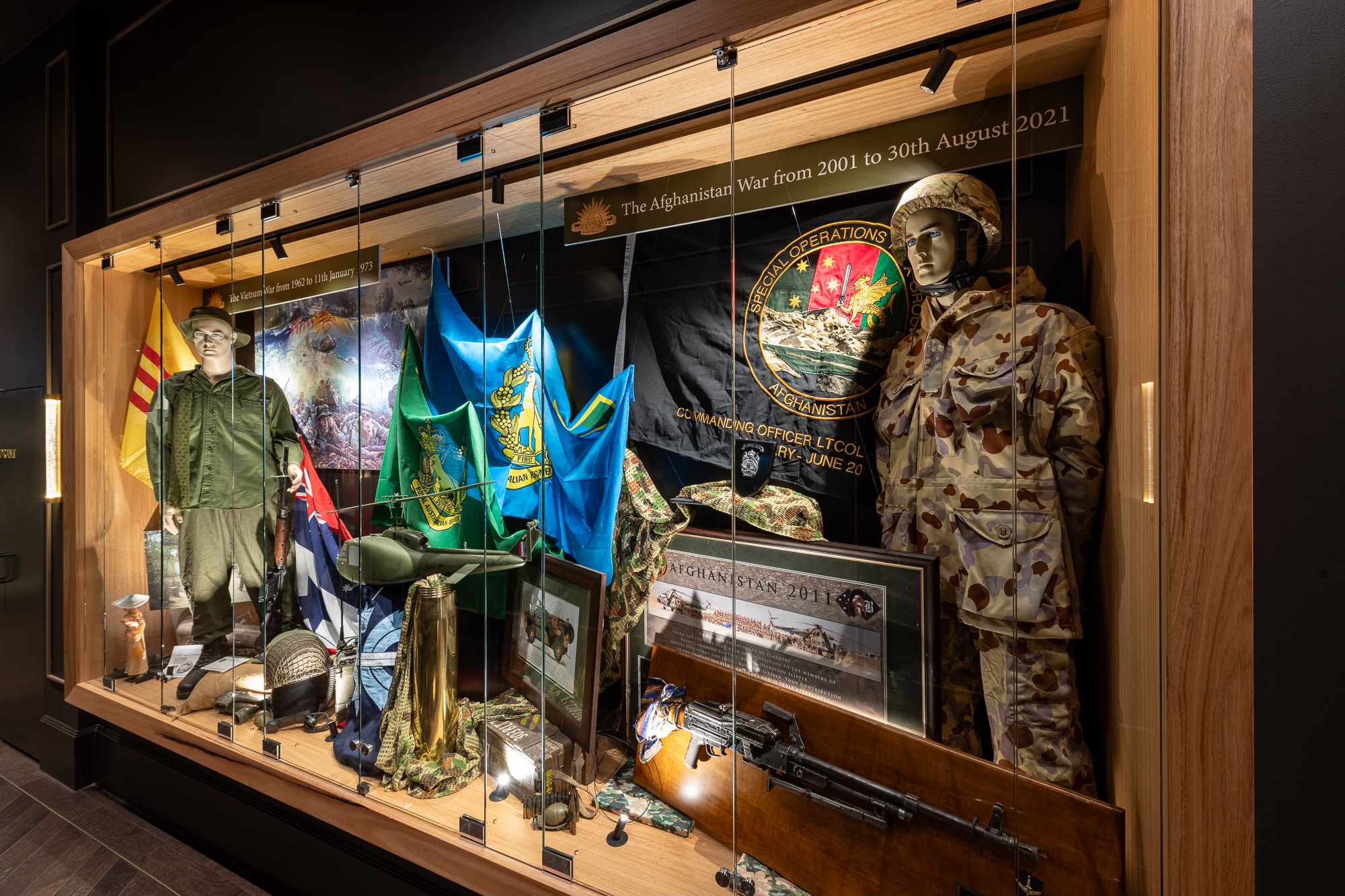

This comes on the heels of the recent addition to our RSL, which now includes a larger and improved Welfare area and an expanded administration area. The extension also features a generously sized “Board Room,” purpose-built to be rented out to various companies for their meetings and conferences.
Upon entering the new building from the foyer, you will be greeted by the first of twelve exhibitions, dedicated to Australia’s Defence Forces, including the Army, Navy, and Air Force. This exhibit features three half-mannequins dressed in the appropriate uniforms.
Directly across the hallway, you will find an original uniform from the Boer War belonging to Trooper P. White, who hailed from Violet Town in northern Victoria.
Beside this uniform is one of my most prized possessions in our memorabilia collection. This item was given to me by a 95-year-old lady member of Box Hill RSL. She diligently polished this leather box every month after her father had passed away. The box is a medical container that her father carried on horseback during the conflict. It remains in pristine condition and still holds the medical bottles inside it.
Next, we come to the exhibition dedicated to one of our most famous soldiers from World War I, General Sir John Monash, GCMG, KCB, VD. This display features a mannequin dressed in Monash’s uniform, adorned with all his medals and knighthoods. Alongside the mannequin are his boots and dress sword.
A full-sized photo of his statue, sculpted by Peter Corlett OAM and located at Monash University, shows him in civilian clothes after World War I, when he was working as an engineer. Surrounding this exhibition are a World War I bomb helmet, a slouch hat, and trench binoculars.
Directly across the hall is the exhibition dedicated to our latest Victoria Cross (VC) recipient, Ordinary Seaman Edward “Teddy” Sheean. Teddy Sheean was awarded the VC for his heroic actions on HMAS Armidale during World War II. After Japanese planes bombed the Armidale, most of the crew jumped into the water and were strafed by the Japanese. Despite being wounded twice, Teddy Sheean strapped himself to a 20mm cannon and continued to fire at the Japanese planes as the ship sank. Members of the crew testified that they could see live rounds still being fired by Sheean below the surface of the sea. His bravery did not go unnoticed, and he was awarded our highest honour for valour, the Victoria Cross.
Next, we have the exhibition dedicated to the Australian Air Force in “Bomber Command” during World War II. This display features another half-mannequin dressed in a pristine Royal Australian Air Force (RAAF) uniform belonging to Bruce Hearn.
The name “Hearn” is familiar to many of our members due to Hearns Hobbies in Flinders Street, Melbourne. Bruce Hearn joined the RAAF during World War II and was sent to Canada for training, as many were. After completing his training, he was sent to “Bomber Command” in England. Following his service there, he was transferred back to Australia. Finding it hard to settle down, he applied and was accepted at Point Cook Air Base, where he served as an instructor for over 15 years at the RAAF Air Training Centre.
Behind the mannequin is a famous photo of 460 Squadron Bomber Command, featuring the entire squadron in front of a Lancaster bomber, the aircraft they flew. Below this photo, thanks to the diligent efforts of one of our members who tracked it down at the Australian War Memorial (AWM), are the names of the squadron members, including those who are missing. In front of this memorabilia is a famous World War II flying helmet, complete with oxygen and wireless attachments.
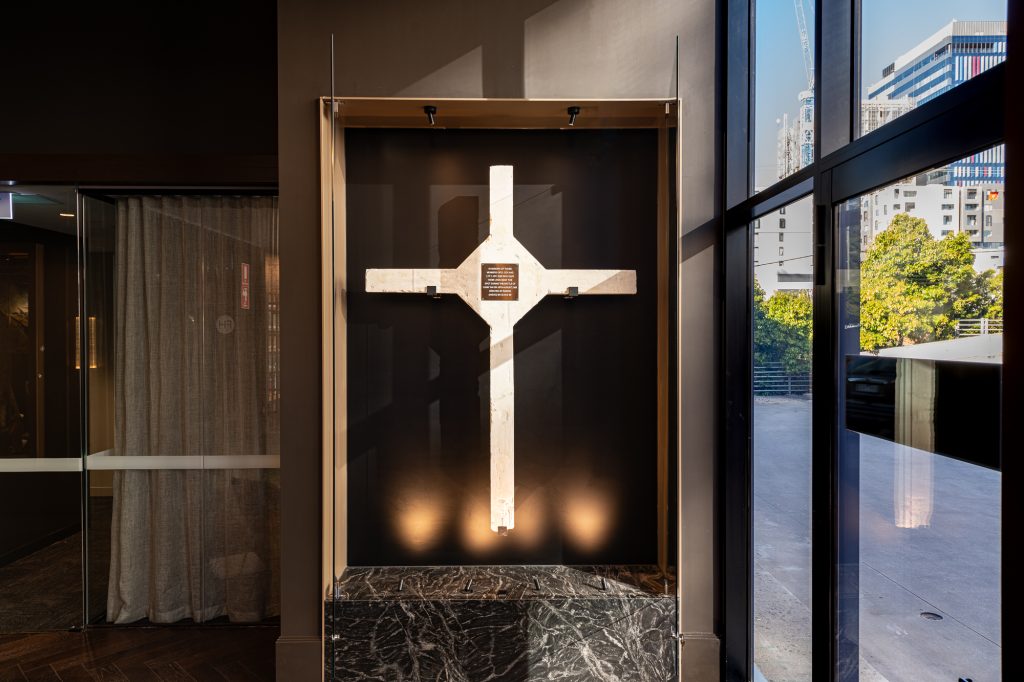

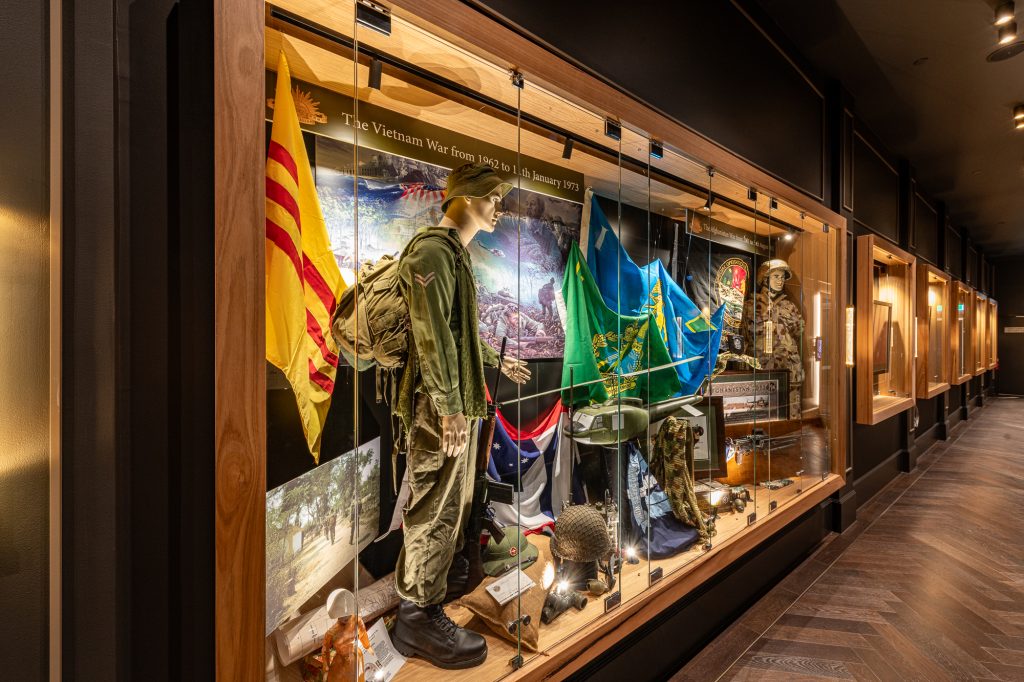
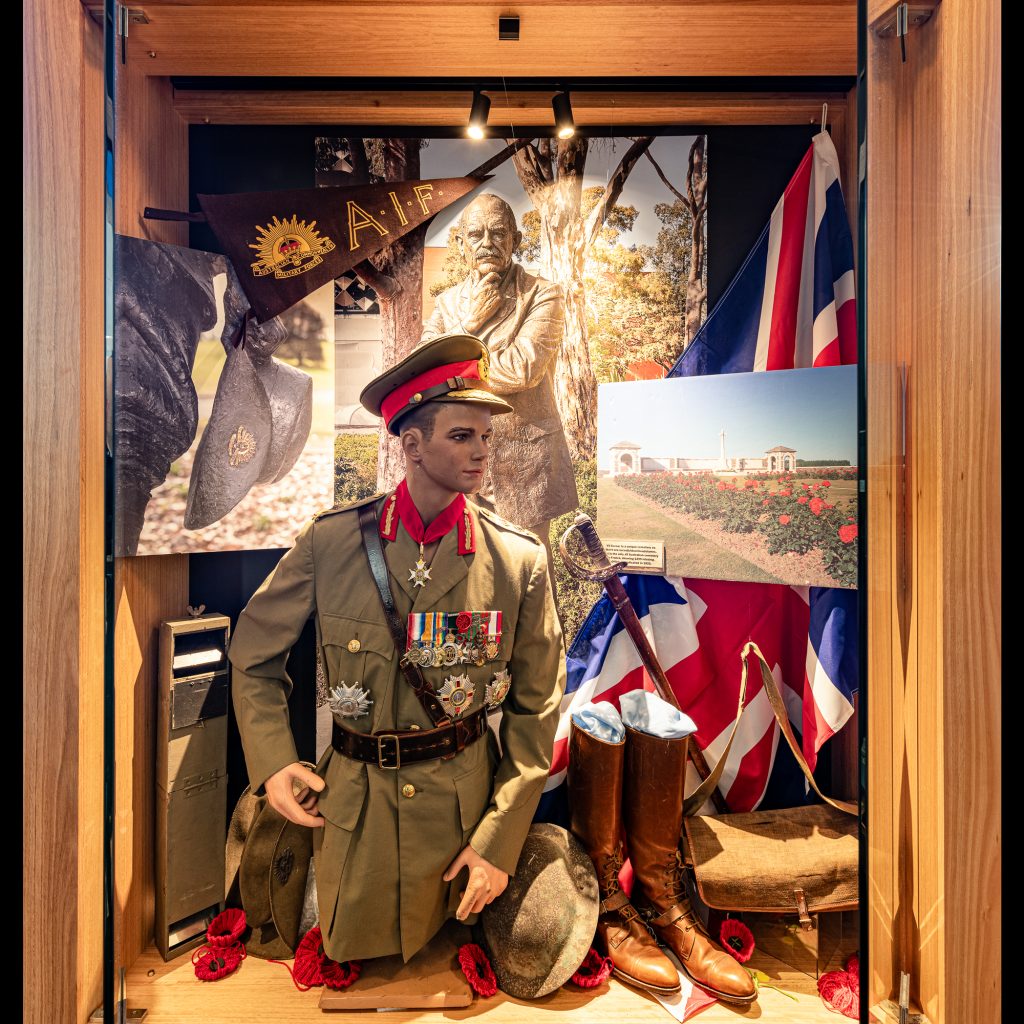
Moving through to the next corridor, you are immediately struck by the sight of a replica of the “Long Tan” Cross. These cross holds immense symbolic significance for all Vietnam veterans and those familiar with the Battle of Long Tan.
While visiting Canberra with our RSL Secretary for an audience with the Governor General, we had the opportunity to visit the Australian War Memorial. I was profoundly moved by the original Long Tan Cross proudly displayed in the Vietnam exhibits. At that moment, I resolved to obtain a similar cross for our RSL—not just a copy, but a complete replica.
I reached out to some friends at the Australian War Memorial, who provided me with detailed 3D images of the cross. These images captured every intricate detail, right down to the smallest splinter. With these in hand, I sought someone capable of replicating the cross. I found Ben, who became a good friend, and together we embarked on the project. It took several months, but when Ben finally called me to view the finished product, I was utterly amazed. The replica was flawless, capturing every fine detail perfectly.
This story has many more facets, but time does not permit me to share them all here. If you see me at the RSL, I would be happy to share the full story with you. For now, know that the “Long Tan Cross,” our main feature in the new building, stands proudly on display, embodying the spirit and sacrifice of those who served in Vietnam.
The new Library is also a key feature of this space. As you pass through the sliding doors, you will be greeted by an area designed for quiet reflection, featuring an extensive collection of books. These books are available for the benefit of all members, and our reception staff will be more than happy to assist you. Whether you’re looking to delve into military history, enjoy some light reading, or simply find a peaceful spot to unwind, the library offers a welcoming environment for all.
Next, we enter the combined Vietnam and Afghanistan exhibitions. Starting with the Vietnam display, there is a full mannequin adorned in the iconic green Jungle Greens uniform, complete with a pair of highly sought-after GP boots. These boots, known for their steel inner soles, were prized by US Army personnel for their protection against VC “Pungi” spikes. The mannequin also holds an SLR rifle, commonly used by Australian troops during the Vietnam War.
In the background, a painting by Australian War Artist Brian Wood depicts the history of the Vietnam War. It includes Prime Minister Robert Menzies, who first sent Australian troops to Vietnam, and every subsequent Prime Minister up to Prime Minister Gough Whitlam, who brought our troops home and ended conscription.
At the forefront of this display sits a small Vietnamese Doll, awarded to our heroic troops who fought in the famous Battle of Long Tan. Also featured are two precious and rare flags: one from the 6th Battalion RAR D Company and another from the 3rd Battalion RAR, significant pieces of our memorabilia collection.
Beside the Vietnam exhibition, we have the Afghanistan exhibition featuring authentic memorabilia. A mannequin is dressed in the “Cams” worn by our troops in Afghanistan, complete with the helmet used during patrols.
Hanging behind the mannequin is the original Commando Banner, a significant symbol of our troops’ service. In front of this banner, there is a framed photo of the 3 Commando Unit expressing gratitude to Ben Doyle Cox and his company for their support during the conflict. Ben played a crucial role in producing the camouflages and boots for our troops and was a strong supporter of Cams Cause.
On the floor of the display cabinet lies a Chinese-captured machine gun, adorned with a Taliban soldier’s bandanna on the butt, blown off during combat. These items serve as poignant reminders of the challenges faced by our troops during their service in Afghanistan.
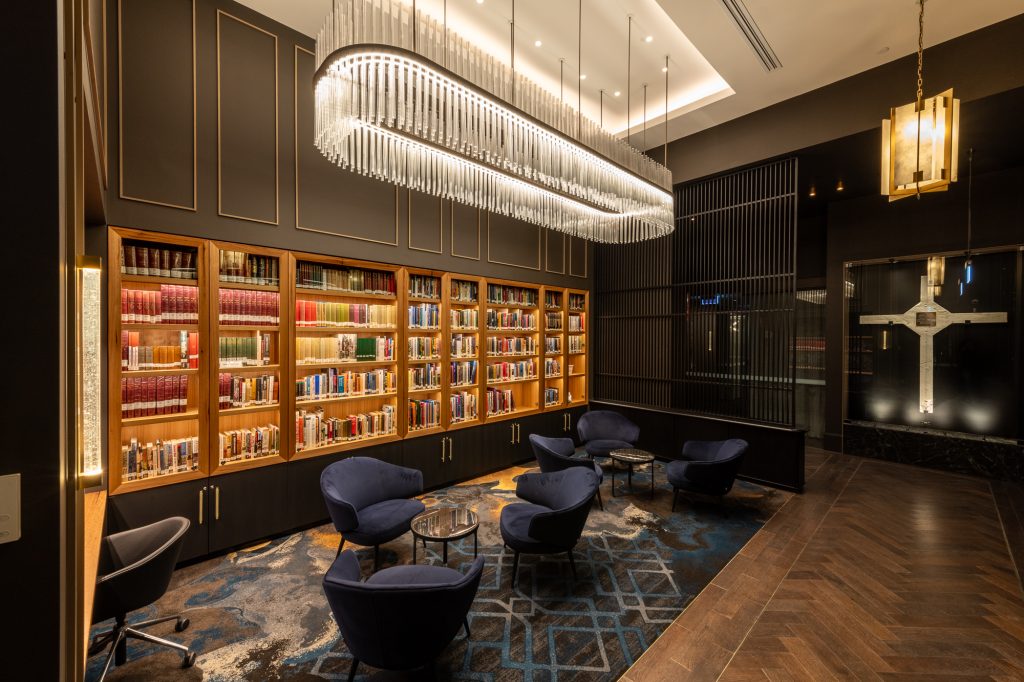
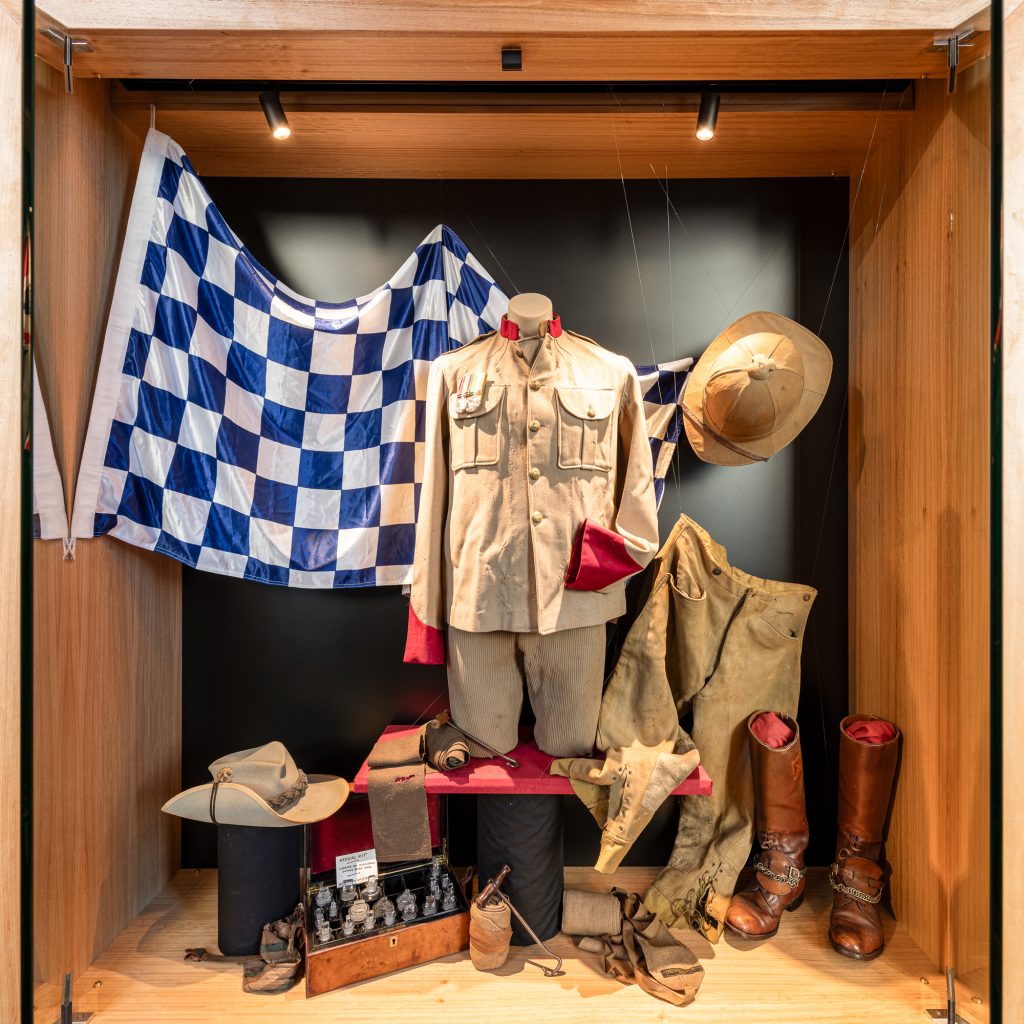
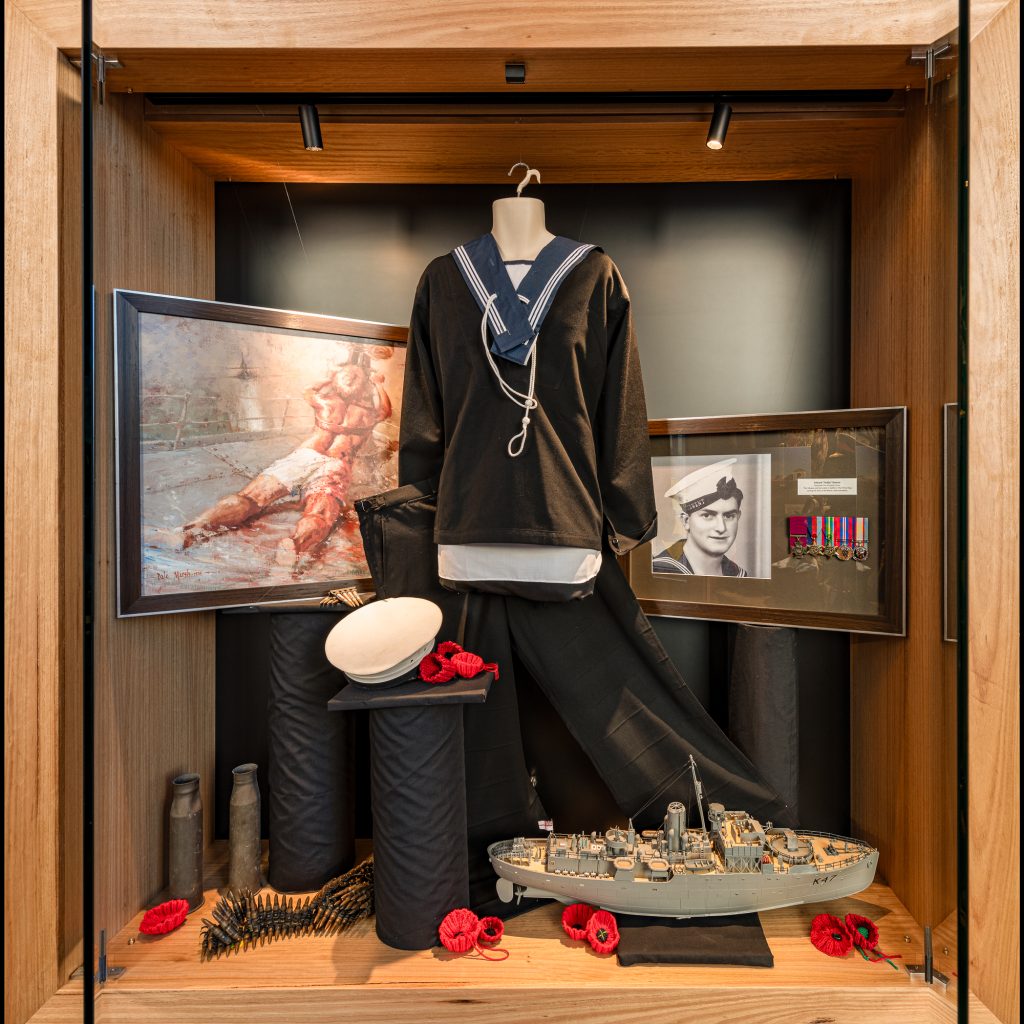
Beside the Afghanistan display is one of my favourite memorabilia artifacts—a signed Australian Flag from Changi during World War II. This flag holds a special story, given to me by a member who served in Changi and has since passed away. Every time I pass by this flag in the hallway, I remember him fondly; he was a greatly respected member of our RSL.
If you see me near this flag, I would be delighted to share its story with you. It’s a tale that often brings tears to the eyes of those who hear it, a testament to the courage and sacrifice of our servicemen during such a dark period in history.
The next exhibition features all the medals of our Armed Forces, a collection worth exploring for their historical significance and the stories they represent. Adjacent to the medals are the unit badges of our Australian Armed Forces, each badge telling its own tale of service and identity.
Also on display are around five framed medals belonging to our members, highlighting personal stories of bravery and dedication. Finally, there’s an oil painting depicting one of history’s most renowned battles: the Defence at Rorke’s Drift during the Anglo-Zulu War of 1879. This painting, capturing a pivotal moment in military history, is named “The Defence at Rorke’s Drift” and is remarkable piece of art.
I highly recommend looking up this action on Google to delve deeper into the courage and heroism displayed during this historic battle.
The Original Stained Glass Windows of “Upton House,” now prominently displayed in the new building of Box Hill RSL, represent a significant and cherished piece of heritage. These windows, originally held by Box Hill Hospital for many years, have returned to their rightful home at Box Hill RSL.
Carefully mounted with special lighting to enhance their brilliance and craftsmanship, these windows are a testament to the artistry and history they embody. I encourage everyone to take a moment to appreciate and enjoy these windows, which hold a special place in the heart of Box Hill RSL.
I really hope all of you take the time to walk through the corridors of our new building and enjoy the Memorabilia Exhibitions. The greatest reward in curating these displays is the satisfaction and appreciation our members feel when they see them. That sense of connection and pride is truly the best reward of all.
Brian Tateson.
Curator of Memorabilia.
Box Hill RSL.
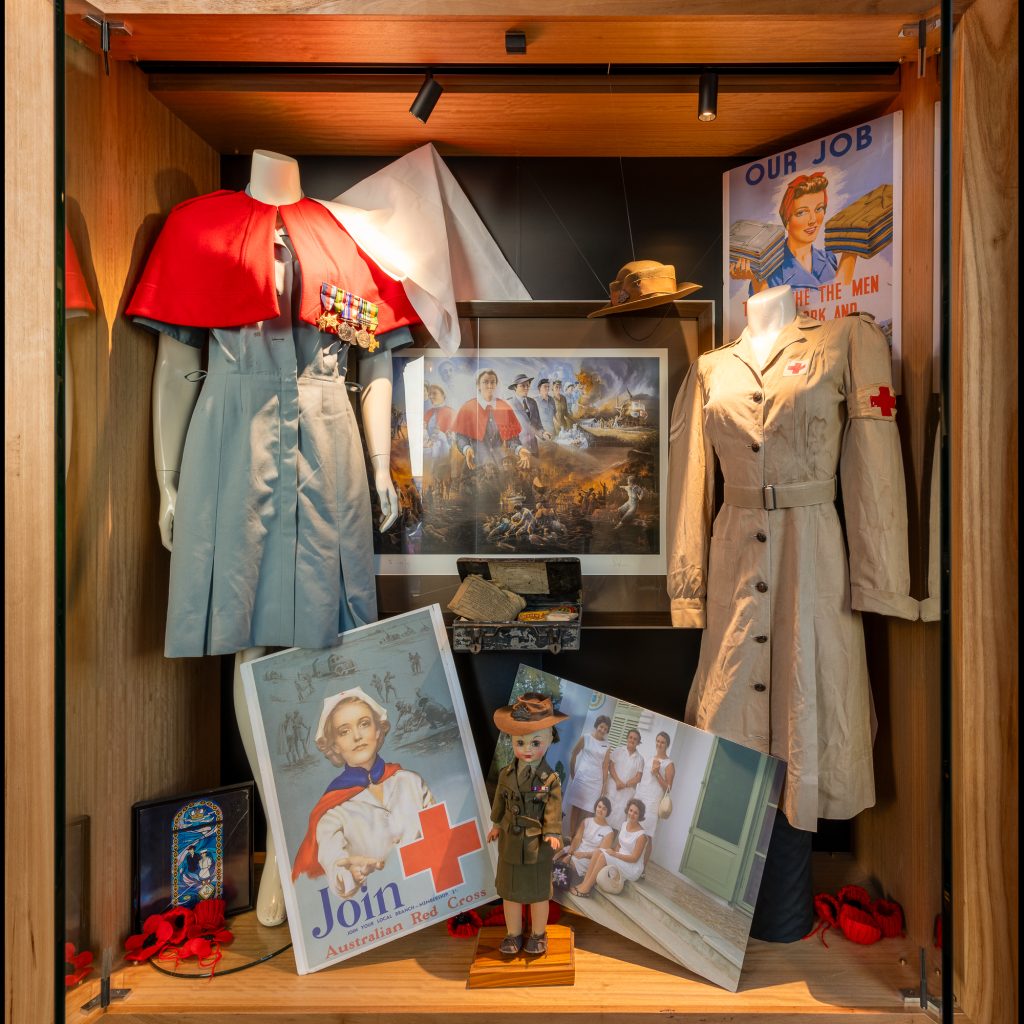

Established in 1920, Box Hill RSL serves its members and the community with our Veteran services and fantastic dining spaces.